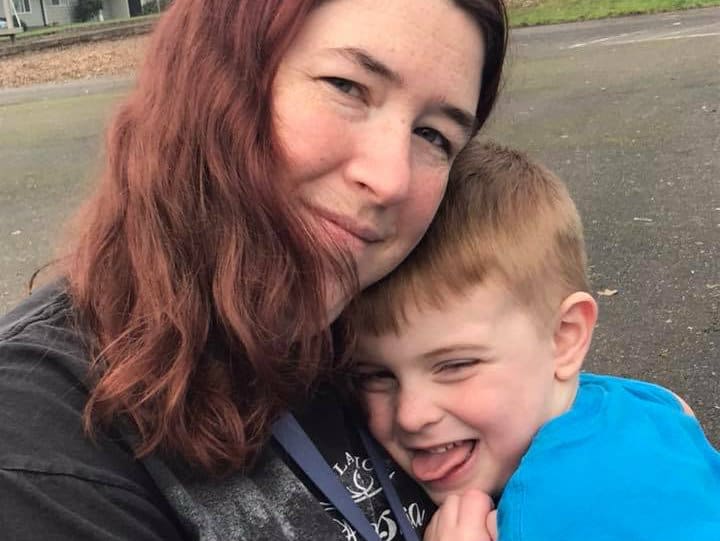
Q&A: A Preschool Teacher in St. Helens, in Her Own Words
This summer Children’s Institute is highlighting the important work of early childhood educators teaching preschool through third grade. In this series of profiles, teachers from across the state tell us why they teach young children, what they wish people knew about their work, and what they’ve learned in their jobs.
Dani Boylan Reveals How Much Time and Effort Goes into a Well-Run Preschool Class
Dani Boylan is the lead Preschool Promise teacher for the St. Helens Early Learning Center at McBride Elementary School. In this interview, Dani shares with us the work involved in creating a preschool classroom that runs smoothly, and some of the professional learning she’s engaged in recently that has enabled her to meet the needs of a diverse population of students.
Why do you teach preschool?
I teach preschool because of the joy it gives me to come to work. It is amazing to have a job that you really WANT to go to each day. It doesn’t matter how rough things may be in my personal life, when I walk into my class and get greeted with big hugs and smiles, all my outside worries fade away. When I lost my dad to cancer, I went into work afterwards and my boss tried to send me home. I didn’t want to go home though because when I am in my class with my students, I forget about all my troubles and we just have fun together. To walk in every morning and see the excitement in the children’s eyes as they see you and inquire about what they are going to learn about that day is priceless.
What is one thing about your job you wish people knew?
I wish people knew how much work and time it takes to make an amazing program for children. People seem to think that it is a 40-hour a week job and it isn’t. The amount of time that goes into making a classroom great is way over 40 hours. Amazing teachers work so much at home not because they have to but because they want to. They want everything to run smoothly and be exciting for these little ones they teach. Most preschool teachers do not have a lot of prep time/planning time built into their work schedule. So, in order to make our classrooms exciting and well run, we do a lot of the work at home when we should be spending that time with our families. My children learned at a young age that we have a set homework time every evening. They work on their homework and I prep activities for my preschool. When they don’t have homework, they help me. They have grown up with me teaching their whole lives and I am very lucky to have two children who are so creative and love to help prep things for the preschoolers. This way I can get work done and spend time with my family.
Can you describe a learning experience you’ve had that has impacted your teaching?
My teaching style has dramatically changed over the 21 years that I have been teaching preschool. Each year it seems to change based on the students I have in class. I am still learning more every year. This year I had an unusually rough group of children. It was the first year that I had so many children with speech delays as well as other behavioral concerns. I enrolled in a community college class to help me figure out better ways to run my class with all of the children’s best interests in mind. I also made lots of referrals to Northwest Regional Education Service District’s Columbia Service Center to help get students the extra assistance they needed. I was shocked and thrilled by all the extra help that ESD gave me. They included me in professional development trainings that they were having, came into my class and brought me new tools and supplies to use, and overall supported me throughout this year. They helped me learn how to adapt my teaching to each of my student’s needs. Each and every one of my students succeeded in my class this year because of the changes I made for them, whether that was adding a quiet area for one of my boys to escape to when he needed to calm down, using a weighted lap pad to help a child stay seated, or asking lots of open ended questions to increase vocabulary and word usage. These are just a few of the changes that I made just this year and I can’t wait to see what next year will bring for me and my class.

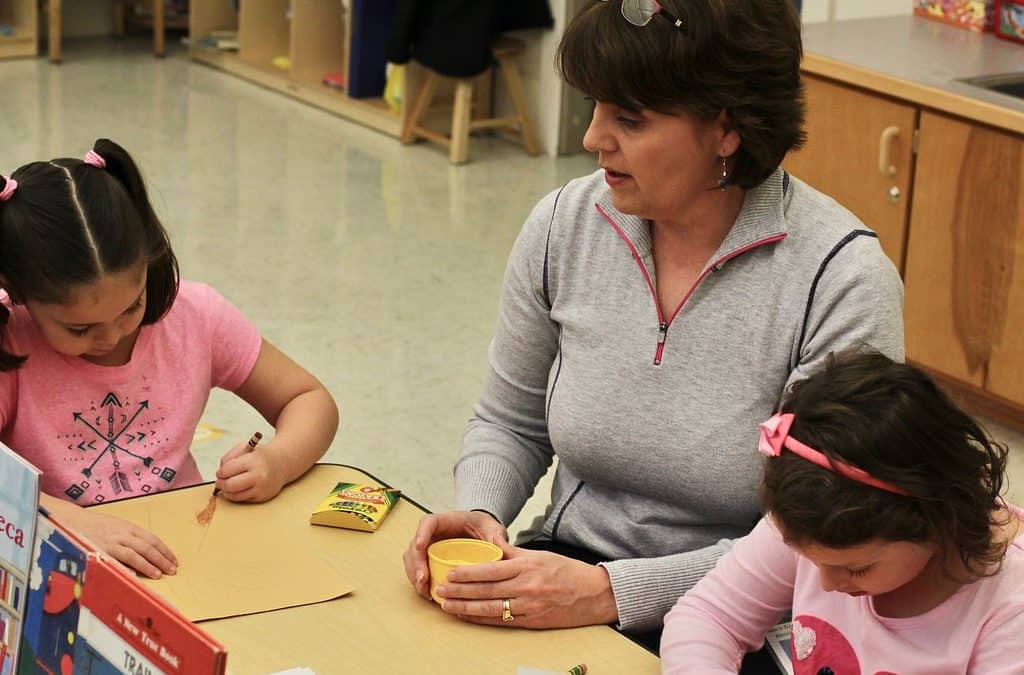
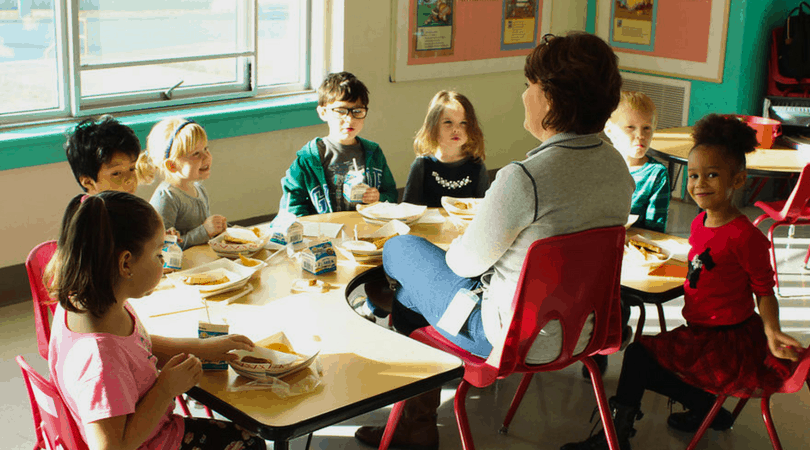

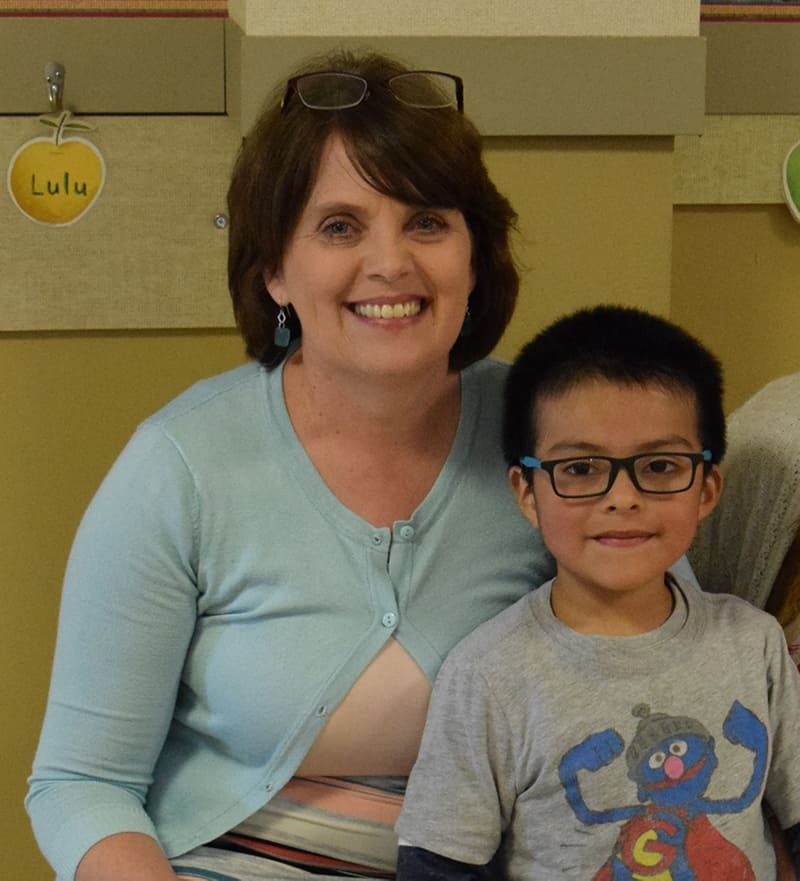
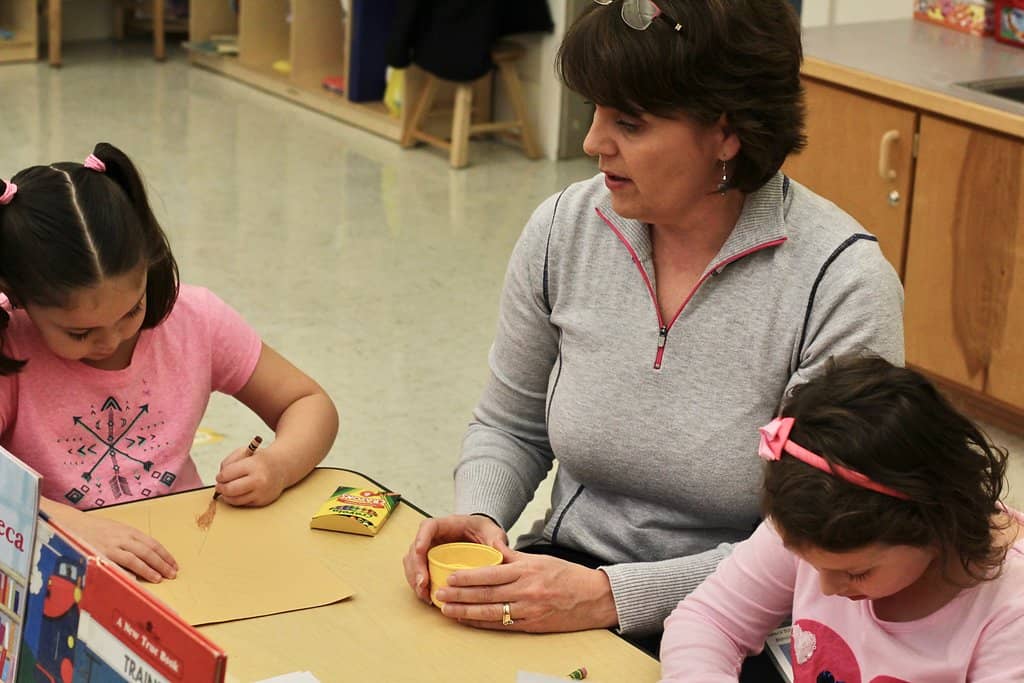

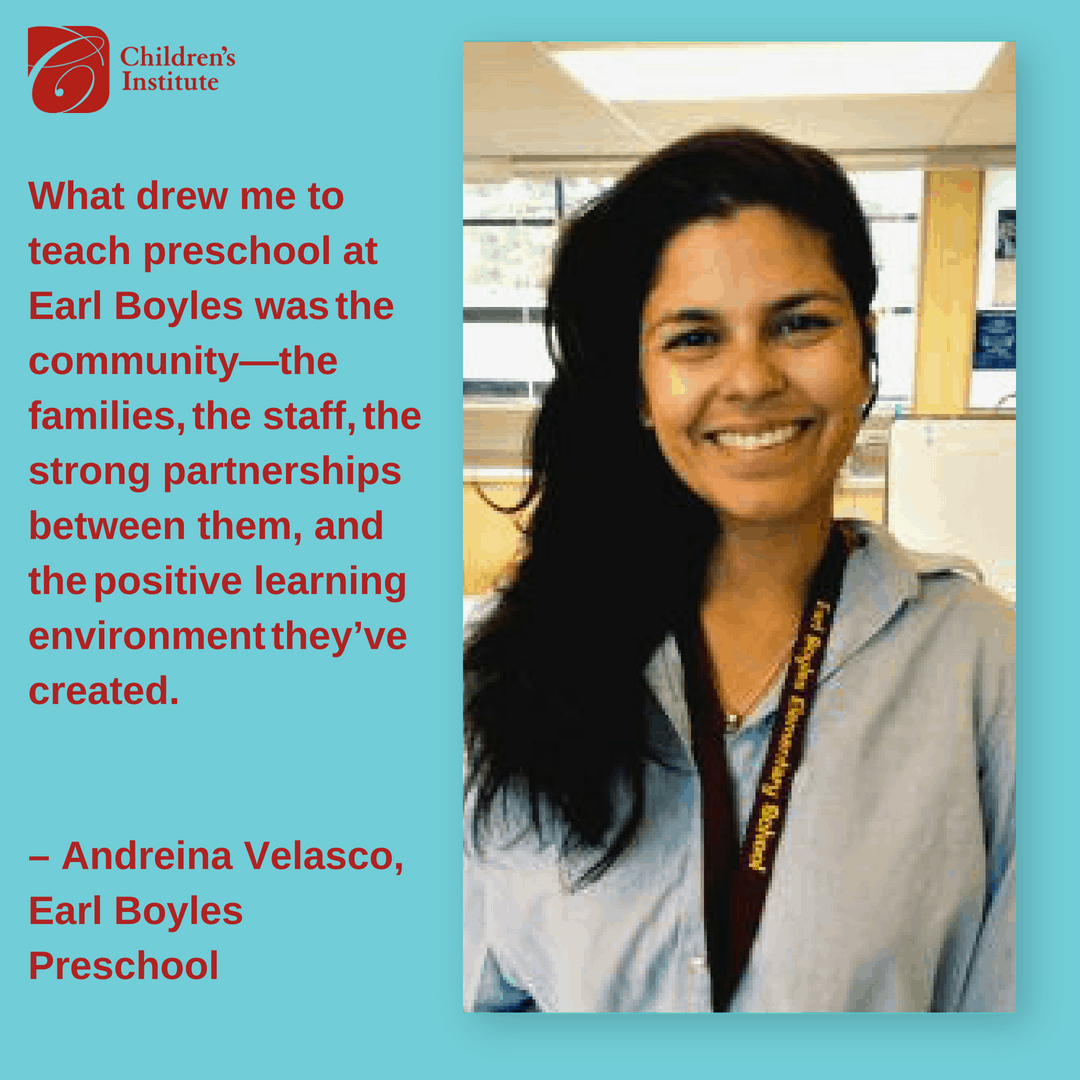


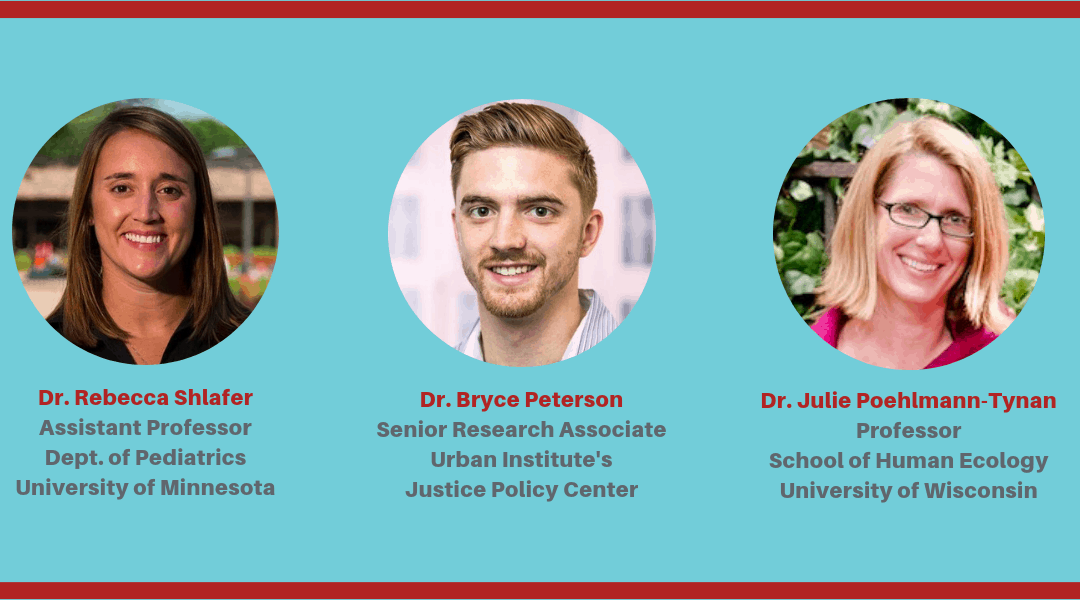
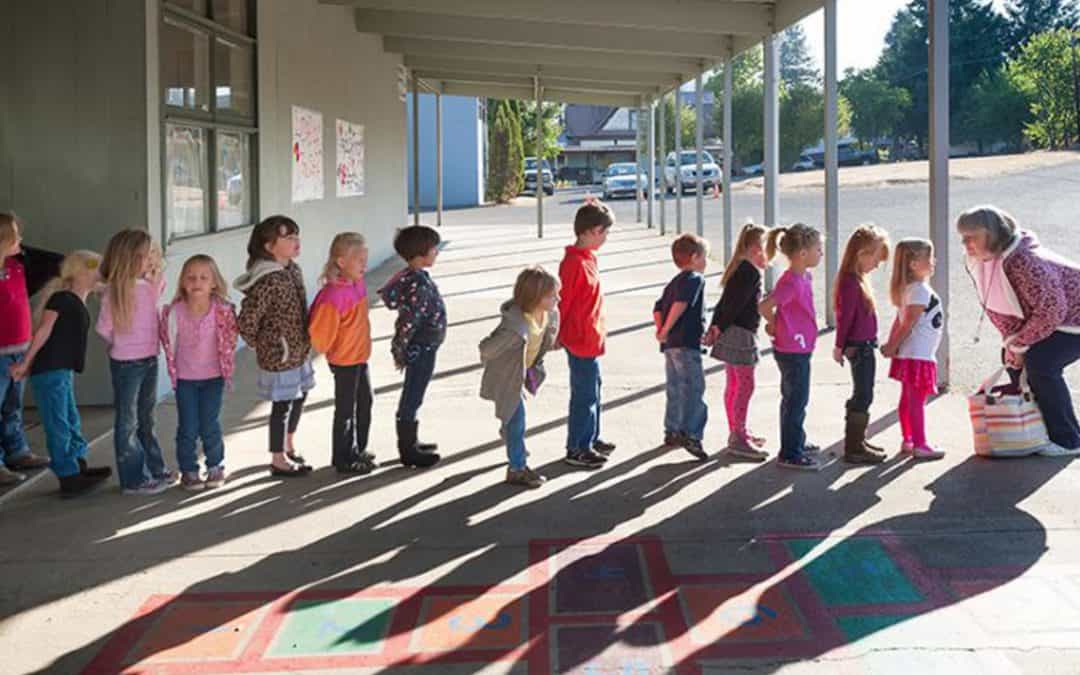
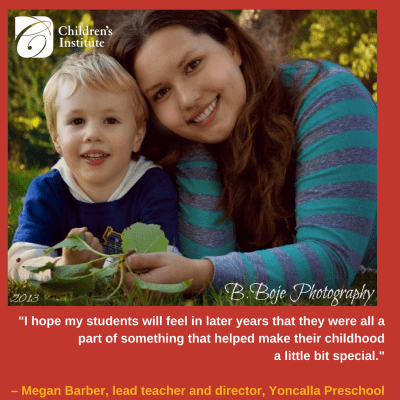
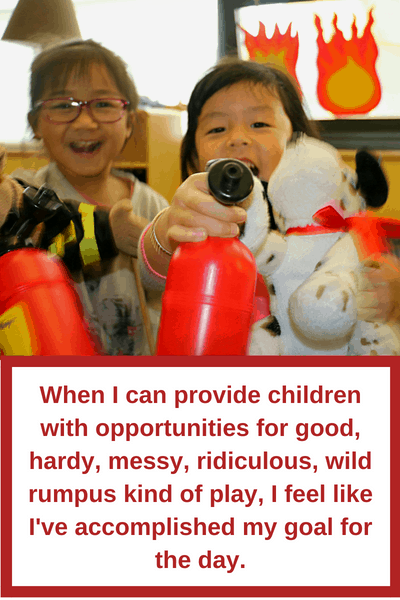 I will also admit, I’m deeply in love with preschool because I get to play. It was shocking to me that I had forgotten how to play—silly, crazy play—like children do. Learning real play again became a study of mine, something I practice and invest in. You see, play is where the magic is. Anything can happen for children in play! And when I can help provide children with opportunities for good, hardy, messy, ridiculous, wild rumpus kind of play, I feel like I’ve accomplished my goal for the day. What was so strange to me was realizing that some of the children coming into the classroom forgot how to play. That is all the more reason why play is an absolute necessity, because it creates a space where children bloom and come into their own. We teach children how to use their imagination, how to think deeper about what they are doing and seeing, and how to engage with peers to make their experience more fun.
I will also admit, I’m deeply in love with preschool because I get to play. It was shocking to me that I had forgotten how to play—silly, crazy play—like children do. Learning real play again became a study of mine, something I practice and invest in. You see, play is where the magic is. Anything can happen for children in play! And when I can help provide children with opportunities for good, hardy, messy, ridiculous, wild rumpus kind of play, I feel like I’ve accomplished my goal for the day. What was so strange to me was realizing that some of the children coming into the classroom forgot how to play. That is all the more reason why play is an absolute necessity, because it creates a space where children bloom and come into their own. We teach children how to use their imagination, how to think deeper about what they are doing and seeing, and how to engage with peers to make their experience more fun.